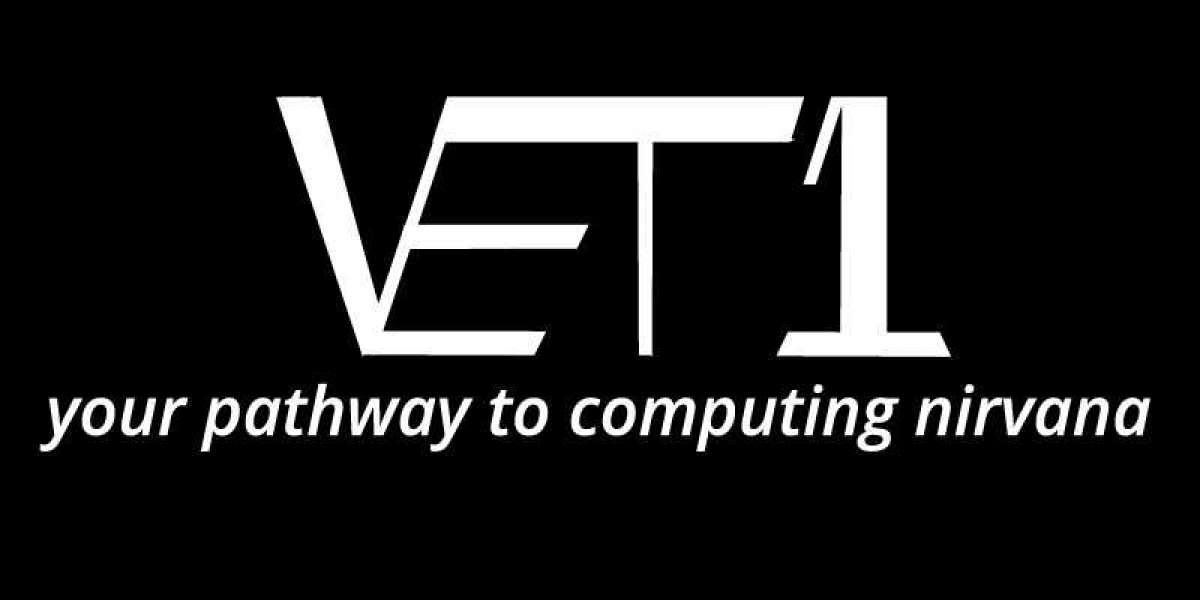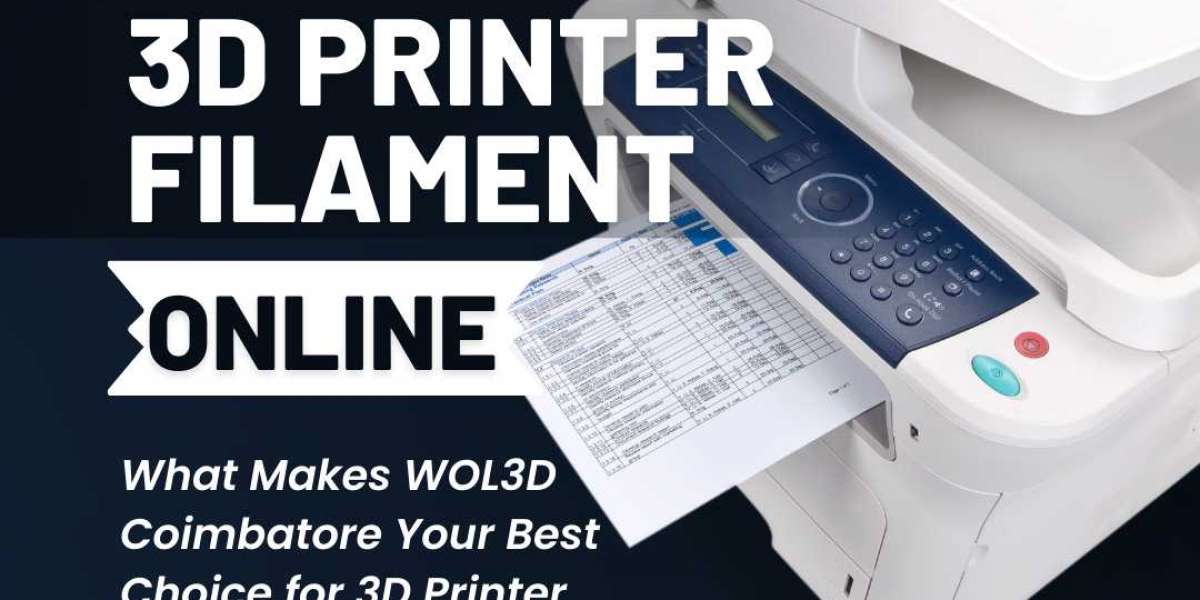The blockchain browser is one of the important tools in the cryptocurrency world, providing a transparent view into the workings of blockchain networks such as Bitcoin. These browsers allow users, developers, and researchers to search and analyze data on the blockchain, delving into transaction, block, and blockchain address lookup.
How does a blockchain browser work?
To understand how a blockchain browser works, we first need to understand what a blockchain is. Blockchain is a digital ledger technology that stores data in a distributed, secure way. It is a chain of blocks in which each block contains a set of transaction data that are connected to each other via a cryptographic hash(a digital fingerprint with unique properties). Once a block is added to the blockchain, its contents are difficult to change, providing a high level of security as well as integrity.
The basic structure of this block link makes blockchain browsers not only possible, but a powerful tool for providing transparency and trust to the digital transaction ecosystem. Since each block is connected to the previous block, blockchain browsers can track and display a history of all transactions on the network. It can browse the data in chronological order, which makes it simple to track the course of a particular transaction or view the contents of a particular block.
The main features of blockchain browser
The vast majority of blockchain browsers have some key features:
Transaction History: View the transaction history for any given wallet address.
Real-time tracking: Real-time tracking of blocks and transactions in broadcast and confirmation of real-time data.
Browse or track a transaction
The easiest way to find and track transactions on the blockchain is to search using a transaction ID (TXID), which is a unique identifier that represents a specified transaction on the blockchain network. When a transaction occurs, such as sending or receiving cryptocurrencies, the blockchain generates a unique identifier consisting of a string of letters and numbers. If you are the sender or recipient of a transaction, your wallet will display the TXID associated with it.
By entering TXID into the blockchain browser, anyone can view the details of the transaction, including the wallet address of the sender and recipient, the amount transferred, the date and time of the transaction, and the current status (whether pending, confirmed, or failed).
Check your wallet's balance and transaction history
Using the blockchain browser, you can view the balance of any wallet and its transaction history. By searching for a wallet address in your browser, you can access all the information about that wallet, including the current balance, which is calculated by the sum of all the income and expenditure transactions associated with that address.
In addition, the transaction history provides a detailed record of all transactions in and out of the wallet, showing the date of the transaction, the amount of the transaction, and the corresponding TXID, which is especially useful for tracking your own transactions, understanding the dynamic record of the specified wallet, and even conducting a detailed investigation of the flow of funds for security or other analytical purposes. The Blockchain browser makes this process simple, providing a clear and understandable way to monitor wallet activity on the blockchain.
It is worth mentioning that when using a centralized service, such as a cryptocurrency exchange or a third-party escrow wallet, the balance displayed in the wallet may not exactly match the balance displayed on the blockchain of your address, and this difference may be due to the centralization of funds in the main wallet of the wallet service, internal transactions within the platform, and other factors.
Browse block data and blockchain analytics
Not only can the blockchain browser be used to track transactions and view wallet balance data, but it also provides an in-depth view and analysis of the block data, providing insights into a broader network dynamic. Some of the more powerful blockchain browsers even offer advanced features that allow users to delve deeper into the blockchain.
Block analysis
Users can view detailed information about each block on the blockchain, including block height (where the block is in the blockchain), timestamp (how long the block was mined), block reward, and block size.
Information about miners or pools that have successfully mined blocks may also be displayed, which is important to gain insight into the distribution of mining power between different pools and to understand the decentralized nature of blockchain networks.







